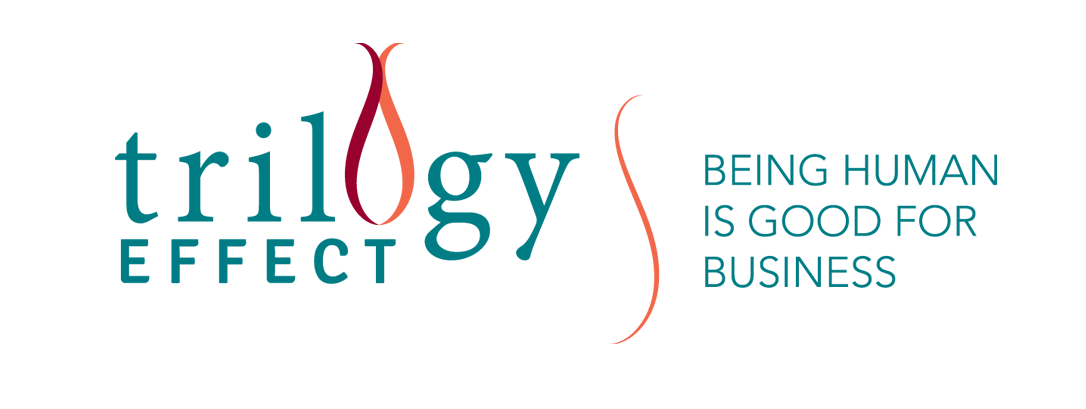By Heather Marasse and Elisa Maselli
There is much we can learn from sports about the power of strong communication skills. Imagine you are at a hockey game…
It’s chilly, noisy and there’s a lot of action. Your team is fast and hard-hitting, and you’re hoarse from cheering them on. But what is really going on at the rink
There are two kinds of “conversations” that are underway during play. One of the conversations is on the ice. It’s not always verbal, but communication is constant. It’s all about action. Who has the puck, who is in the clear, who needs to pass to whom, and how can we move the puck down the ice and into the net? The conversation is between players and focuses on the goal – the net.
There is another conversation during that same hockey game. It’s among those watching, sitting in the stands (or perhaps on the couch). It’s full of information, excitement, facts and statistics, support, emotion, agreements and disagreements, opinions – and it, too, focuses on the net.
However, only one of those two conversations will produce results. It is the one on the ice. Yes, the conversation in the stands can be scintillating – it can even feel action-packed. But it makes no actual difference to the outcome of the game.
How do we turn our conversations at work into action that makes a difference to the outcome of the game?
Action - let’s take a deeper look at communication skills and the power of language.
We spend most of our waking hours in conversations of one form or another: in-person, over email, text, telephone, video. Even in those hours when we seek quiet time, communication and language are present: we read, we pray, we sit silently with our thoughts.
Words and language are an integral part of being human. They are like the water we swim in, but for the most part, we don’t even know that we are wet!
Language is such a fundamental and basic part of our lives that we don’t give it much thought. As a result, we aren’t very aware of the power of language and we can become rather blasé about our conversations – when in fact, language or conversation is how just about everything gets done.
This indistinct relationship with the power of language has a surprising impact on our effectiveness and sense of fulfillment, particularly at work. How many meetings or conference calls do you attend where there is a lot of talking, but no clear action ensues? Or, worse yet, the conversations seem to produce a flurry of activity and you experience an overwhelming amount of work to be done … yet a week or two later you discover that expected progress has not been made. Nobody can recall exactly what was agreed to, and there are differences of opinion about who was going to do what. People took well-intended actions but were met with either resistance or downright ignorance. After you compare notes, you discover that what was captured by different people (for those who took notes!) doesn’t quite match.
Communication skills are essential
After decades of working with teams in organizations, we encounter this phenomenon on a regular basis. It shows up everywhere you see a cohort of human beings trying to get work done together and is not confined to specific industries, geographies, or cultures. We are casual - and yes, even sloppy - in our relationship to conversation. This has an impact on results. Goals are missed, expectations are not met, and we become frustrated with both ourselves and our colleagues.
There are specific conversations that can make a world of difference: Conversations for Action. Decades ago, the Chilean politician, philosopher and business theorist Fernando Flores[1] identified five “speech acts”[2] that cause action, particularly when used with diligence and intention.
Conversations for Action are rigorously stated with clear “what by when and by whom” elements. They are constructed with deliberation, and contain one of the following speech acts:
Requests
Promises
Proposals
Offers
Invitations
These five conversational actions make expectations explicit and move projects forward.
We’ll take a closer look at each of them in our next post. In the meantime, we urge you to start observing your own conversations. Do you generate action that drives the puck down the ice, or is your conversation taking place from the stands?
Want your team to develop high-impact communications skills? Connect with Trilogy Effect today.
Authors' note: this article draws on the authors' experience of more than 20 years of application of concepts and tools from Generative Leadership Group, LLC
[1] Click here for more on Dr. Flores and his work.
[2] For more on speech acts, click here.


